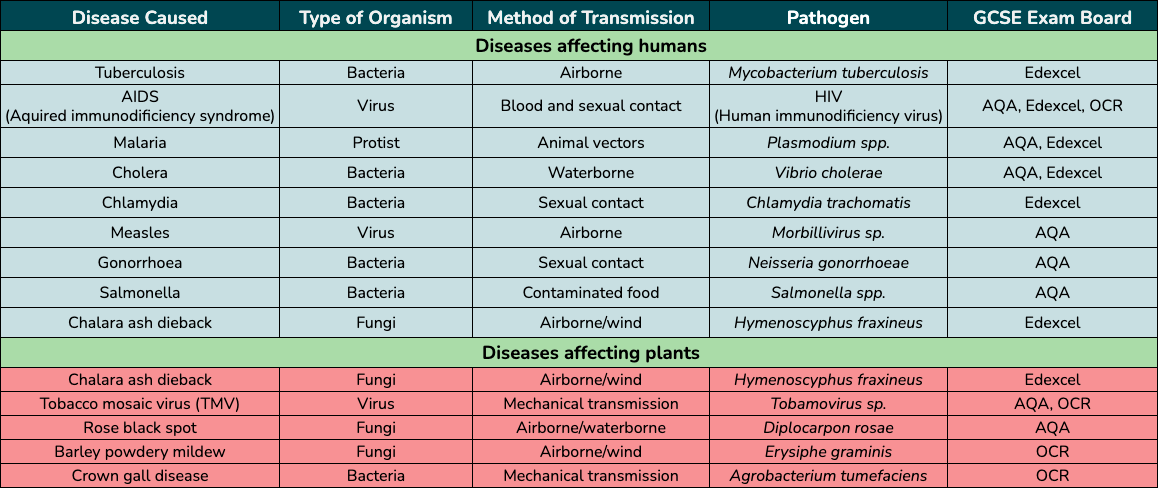Disease is a problem with a structure or process in the body. Diseases are sometimes caused by pathogens, these types of diseases can often be passed from person to person and are known as communicable diseases.
Health is defined by the World Health Organisation as:
“a state of complete physical, mental and social well-being and not merely the absence of disease or infirmity”
Health is related to disease in that a healthy person would not have any disease.


